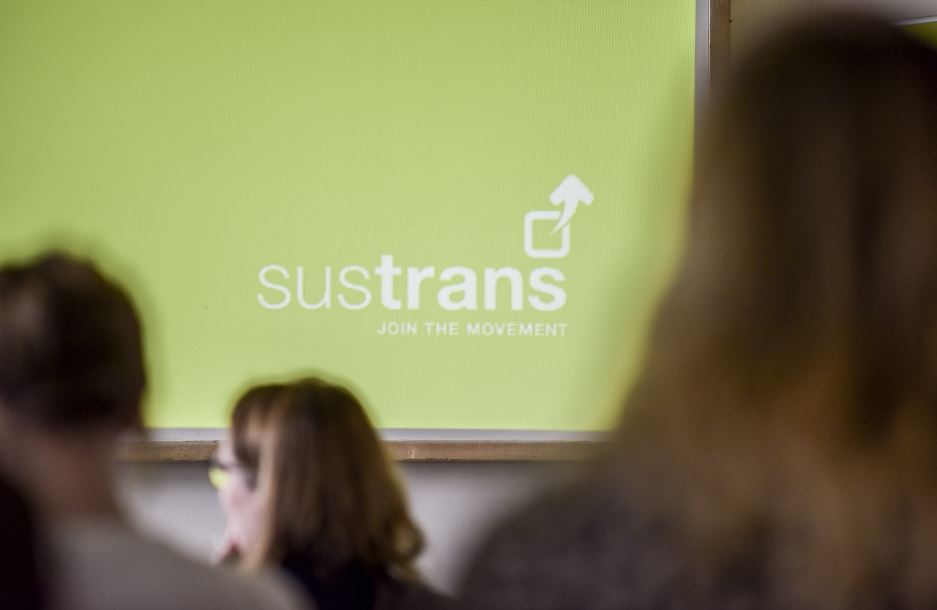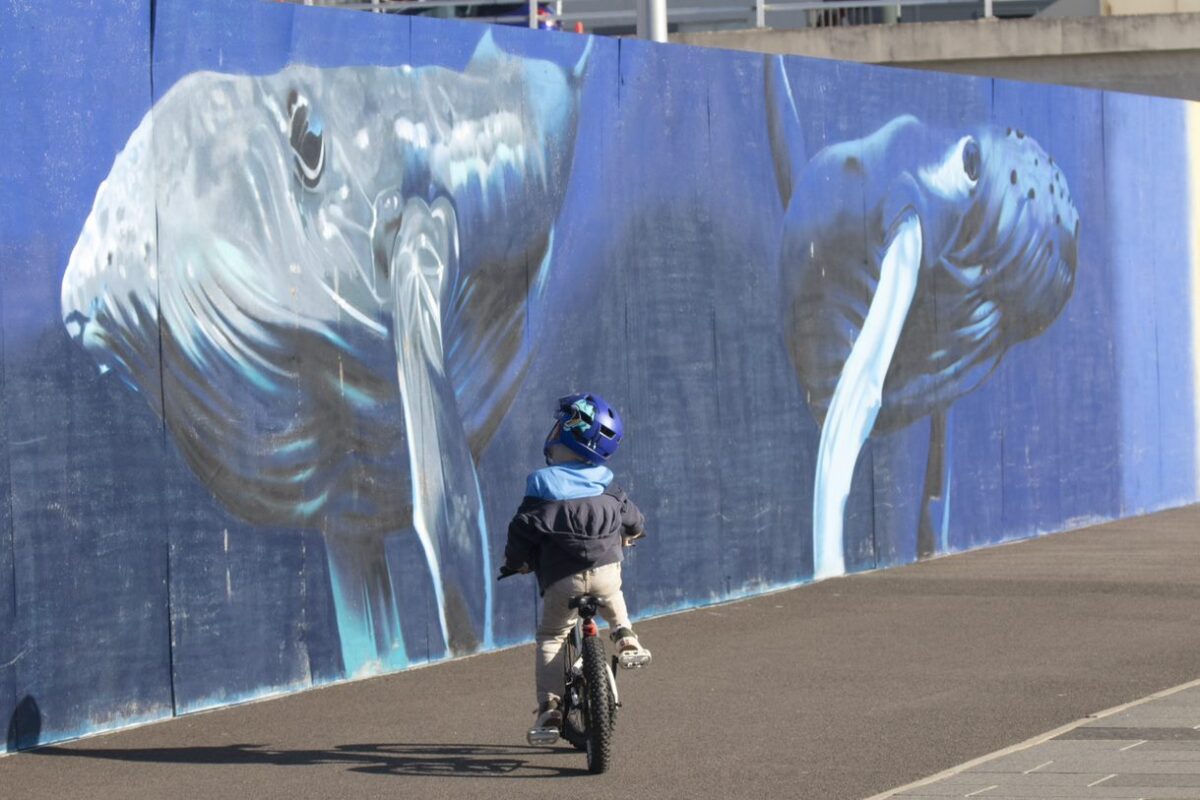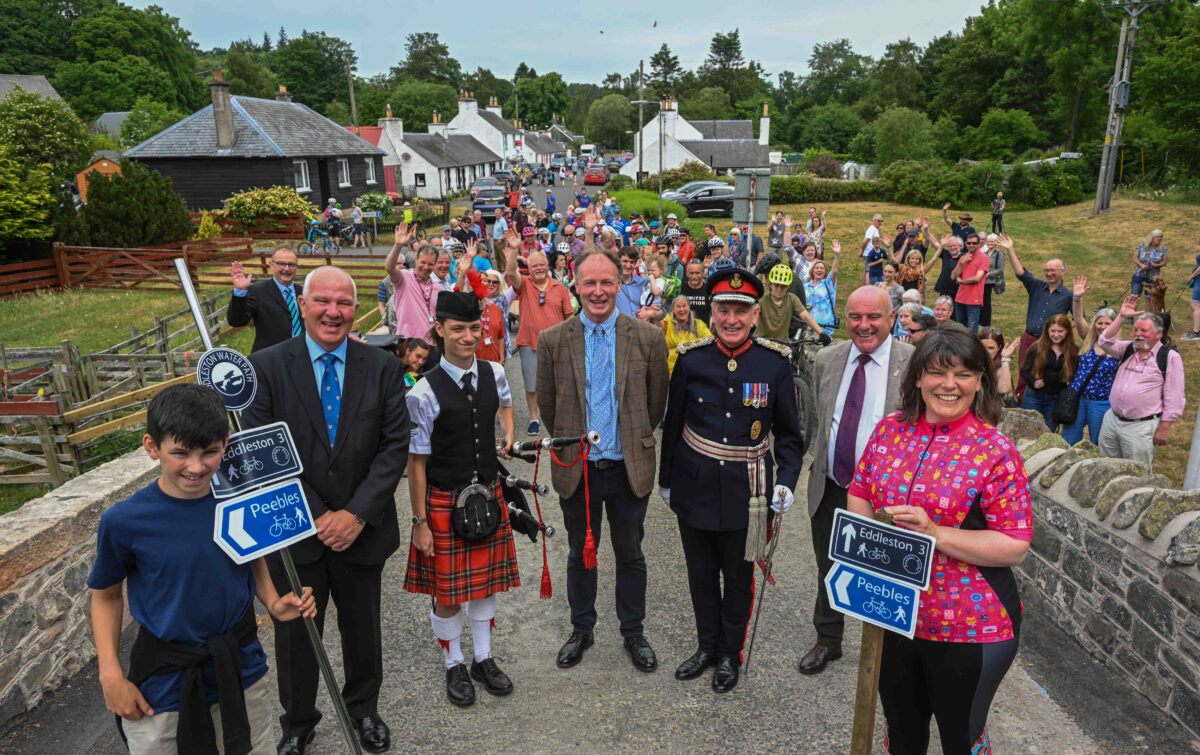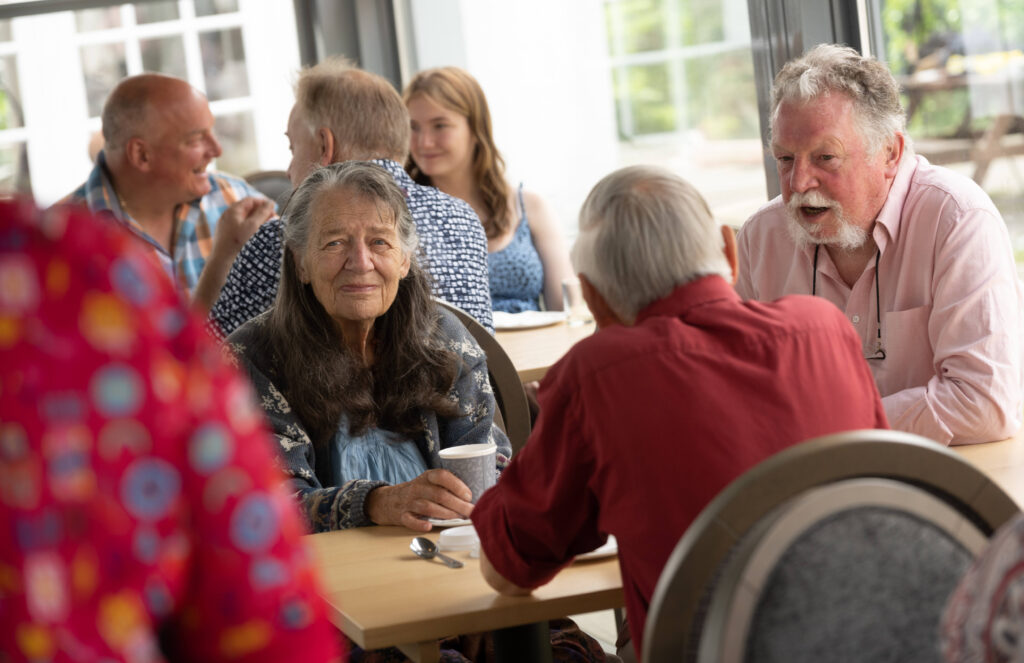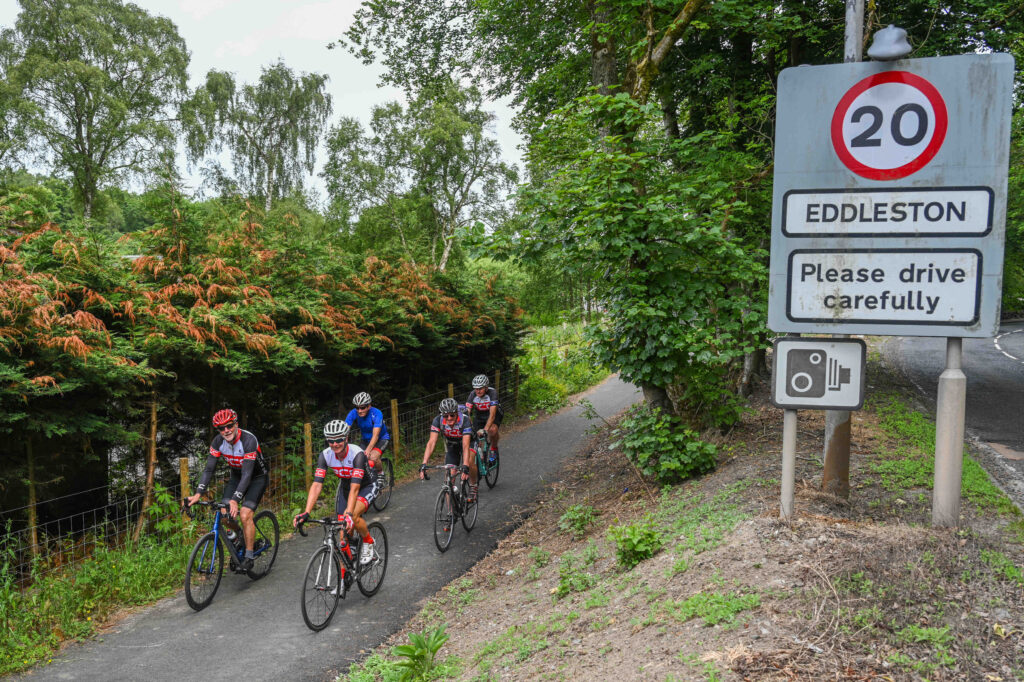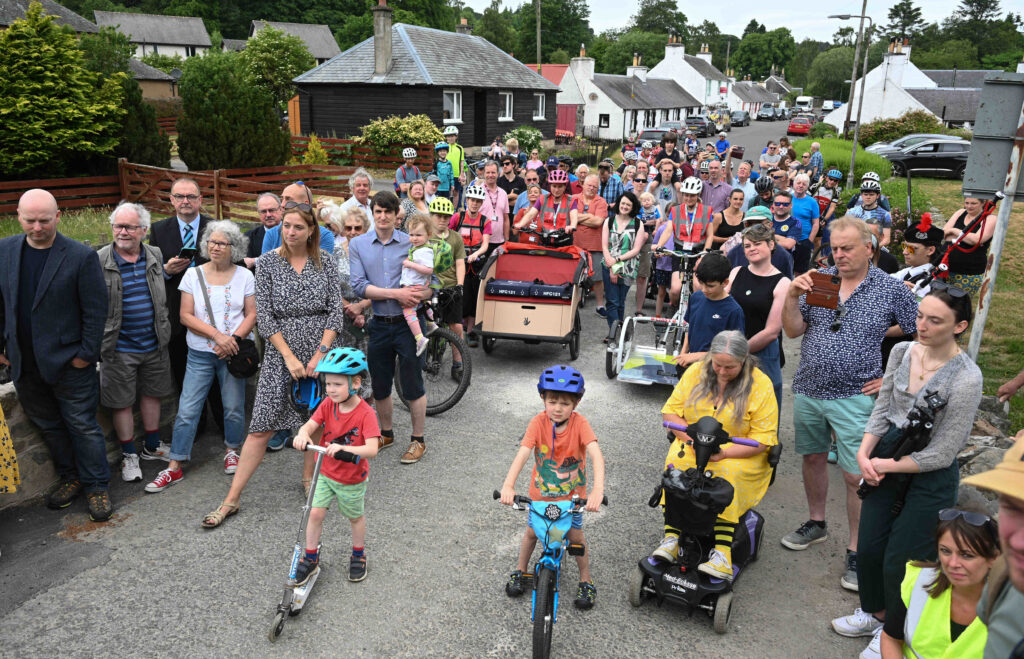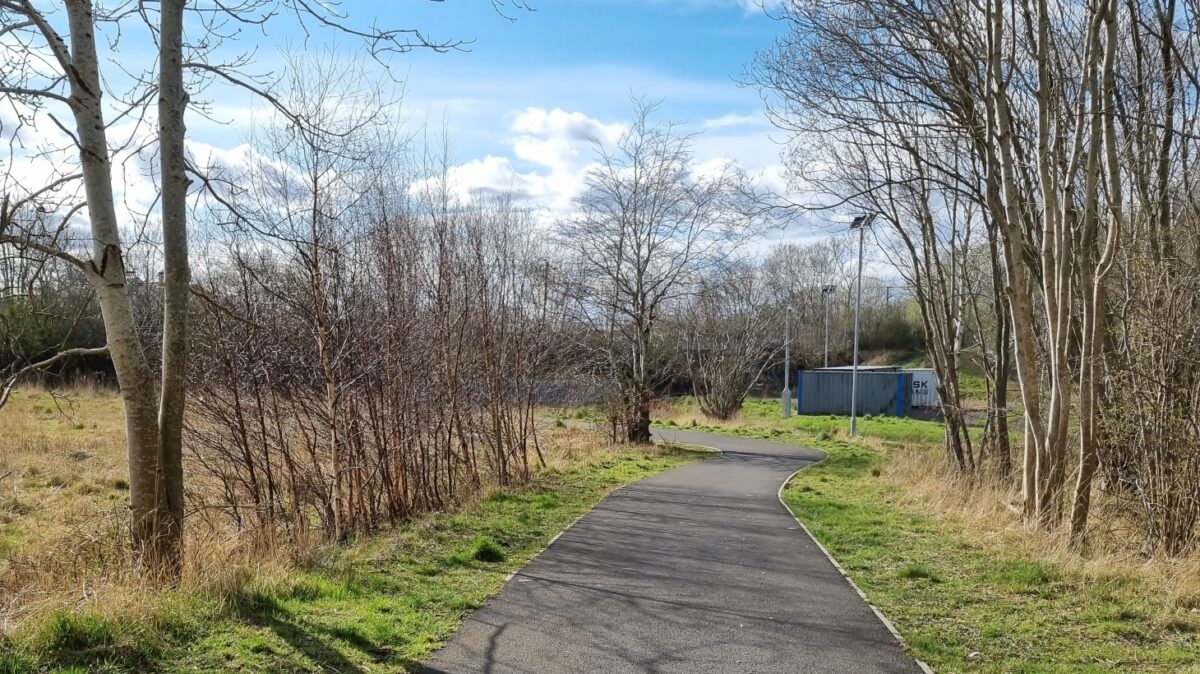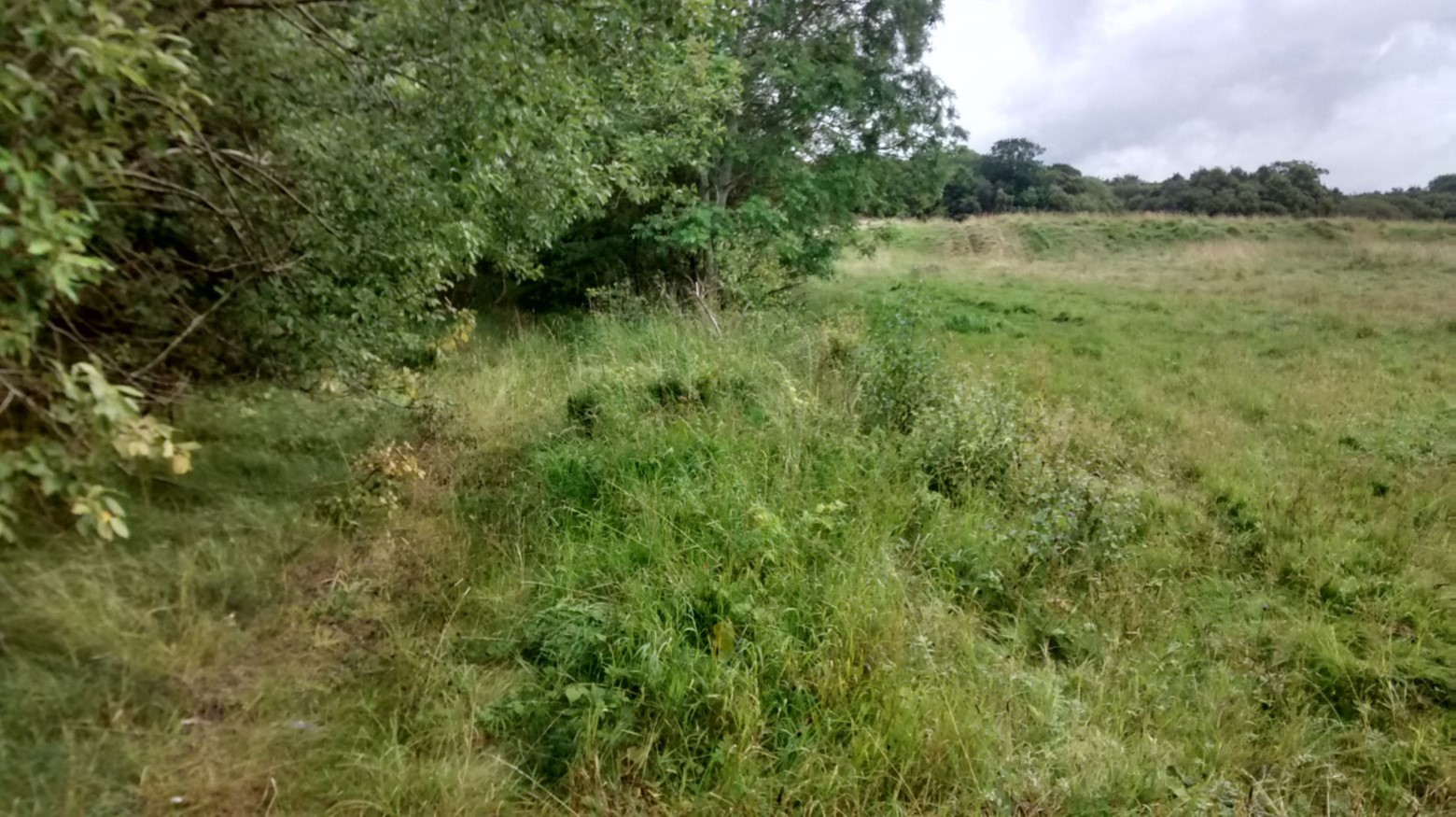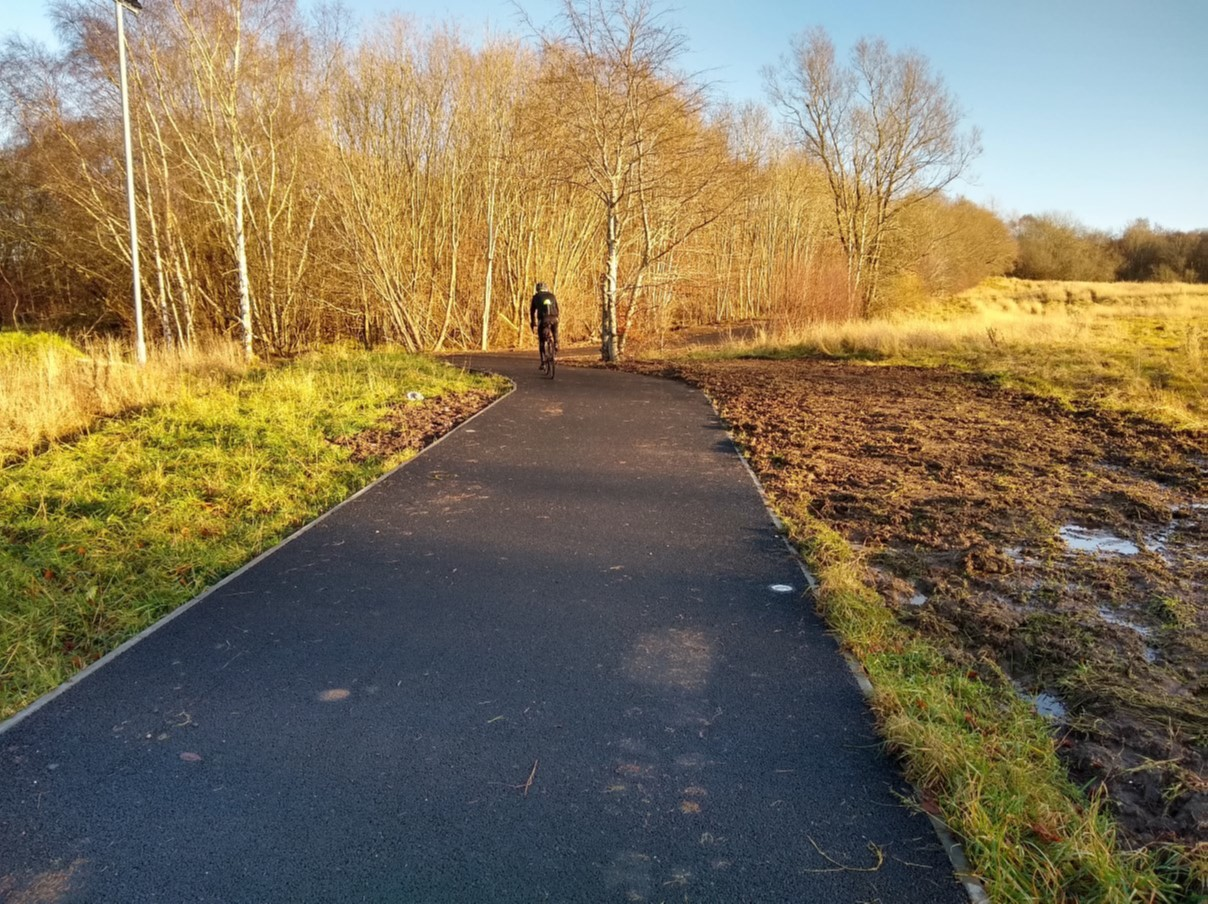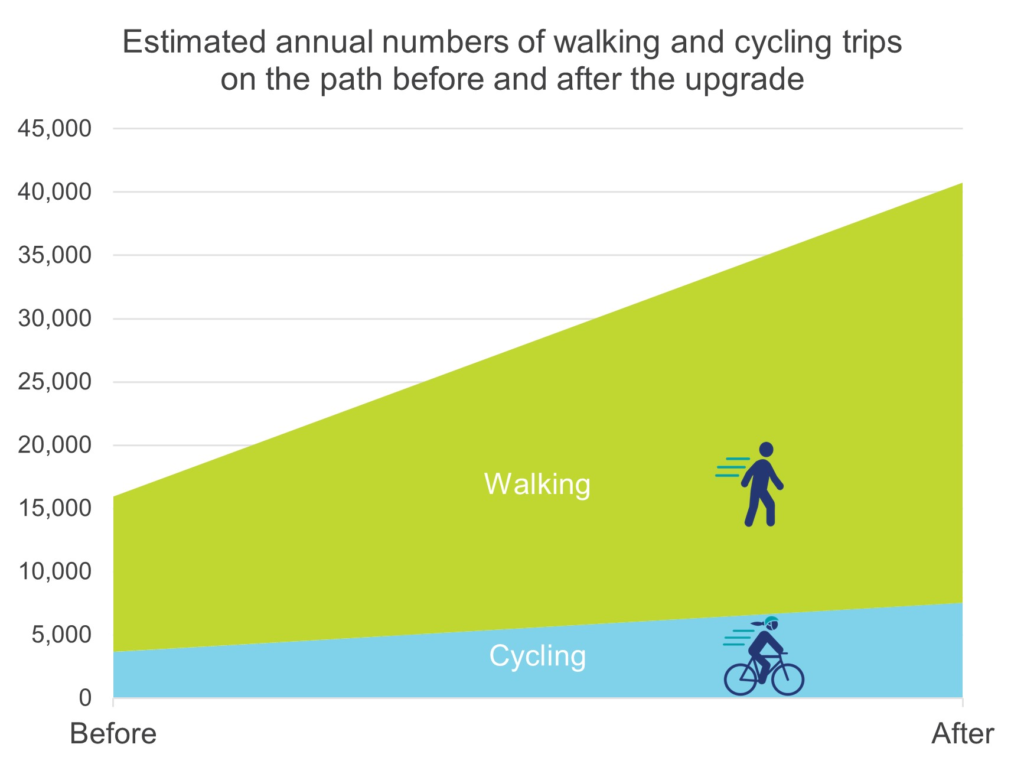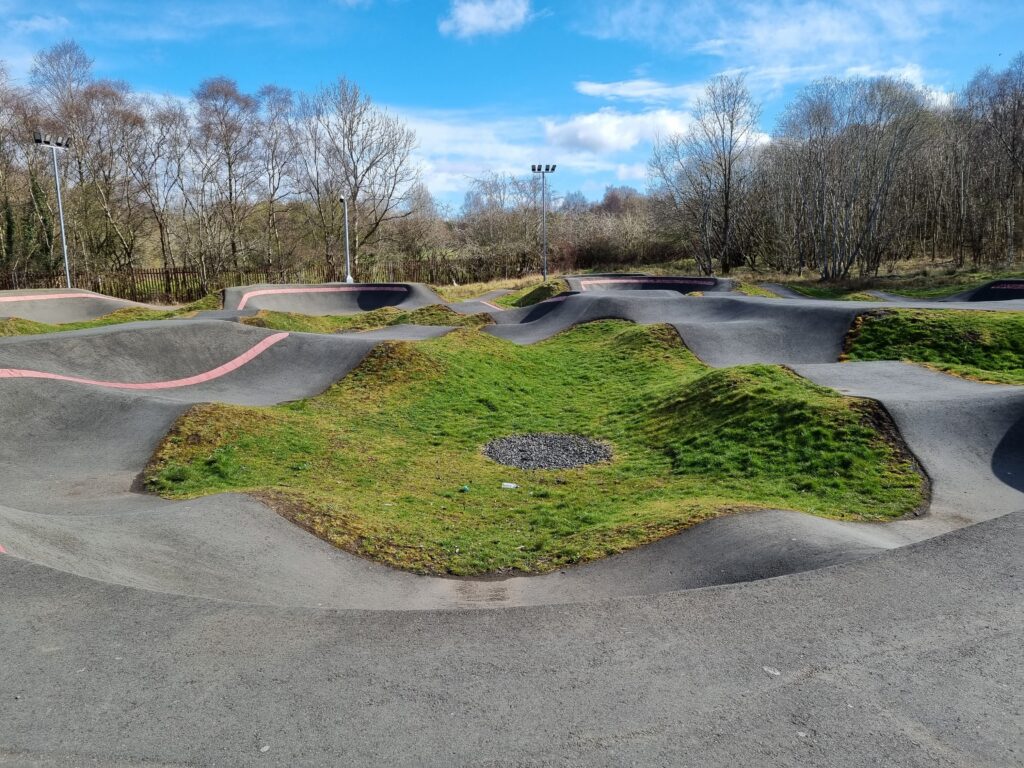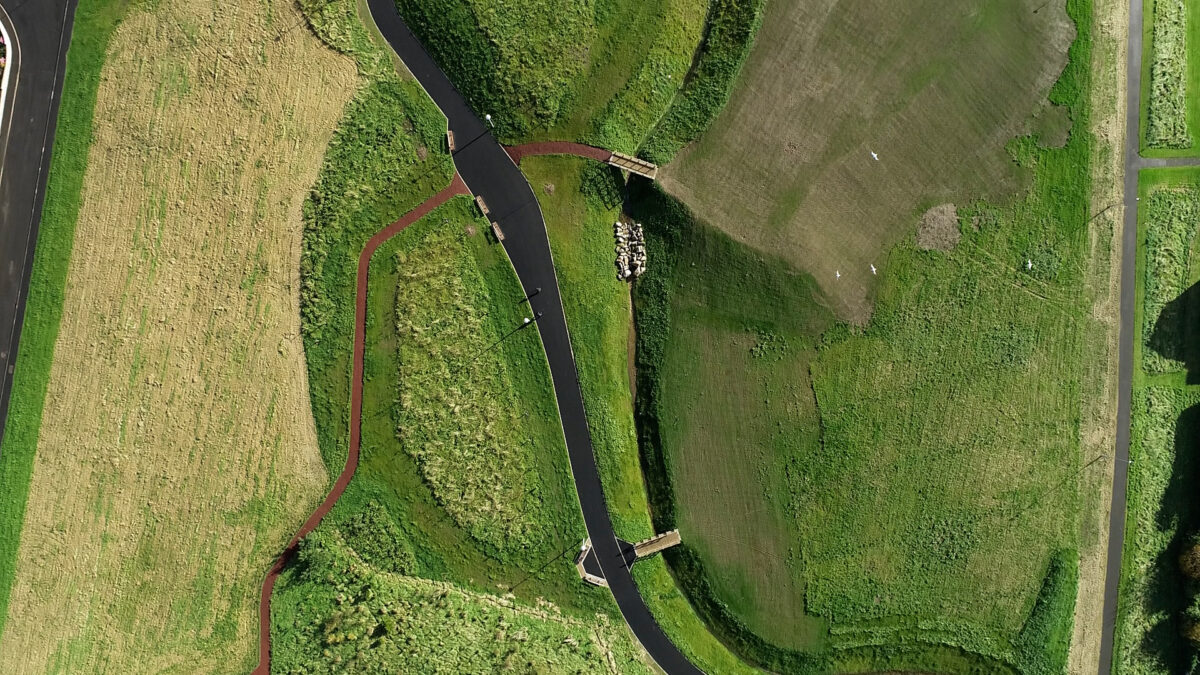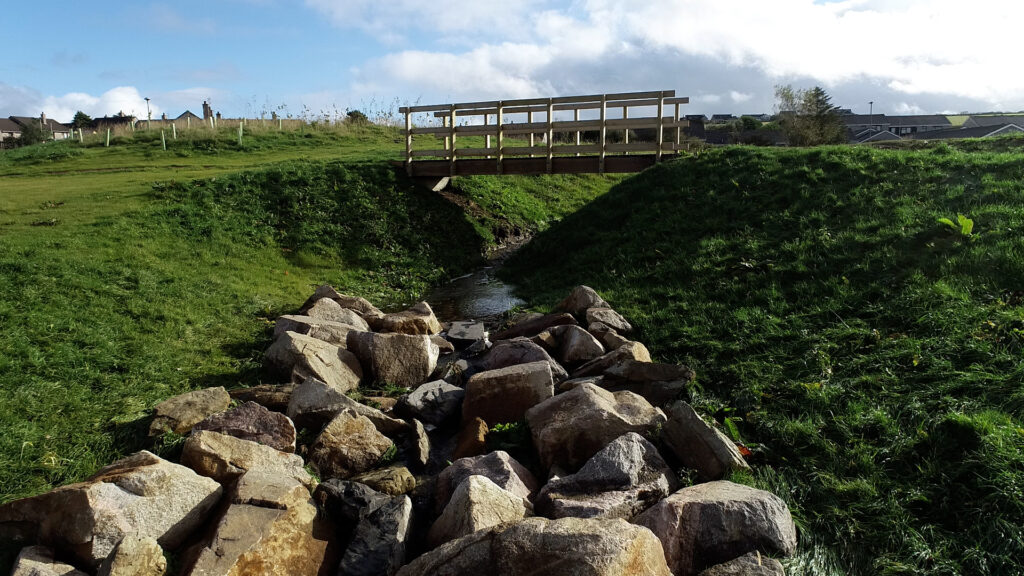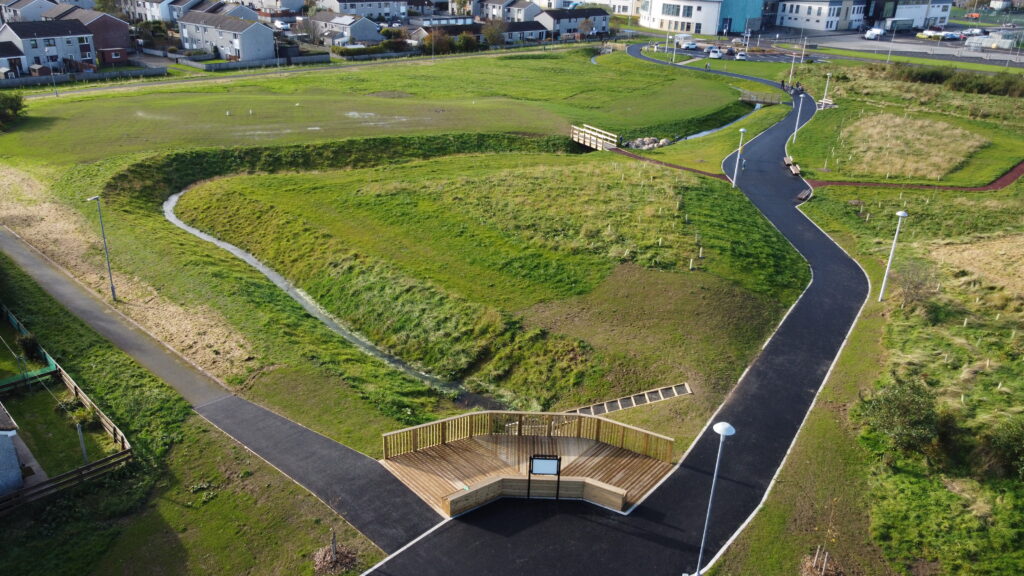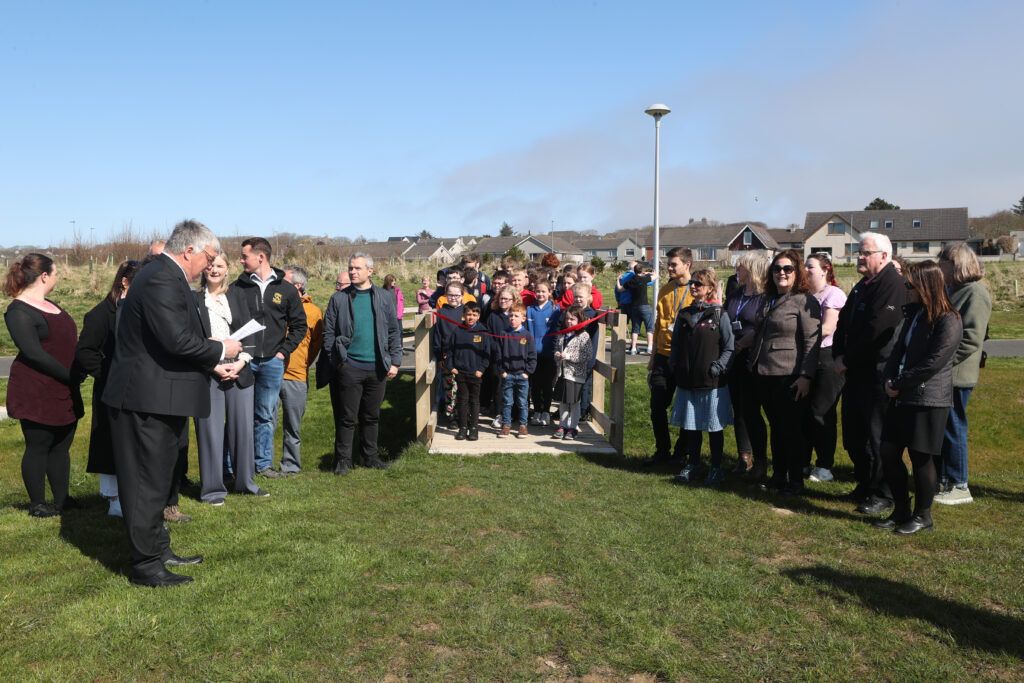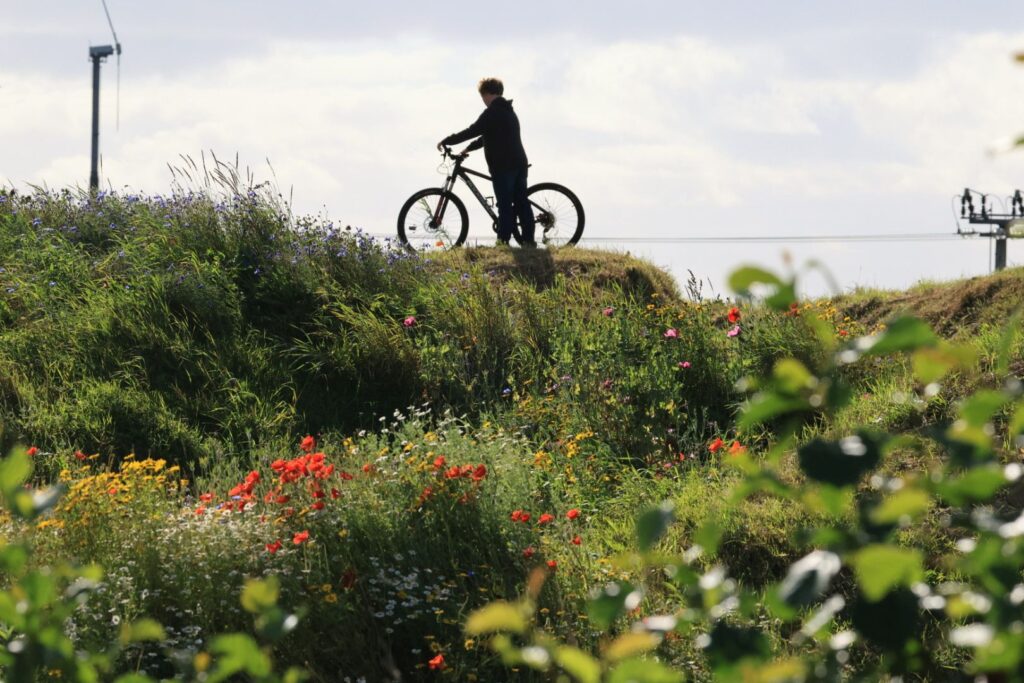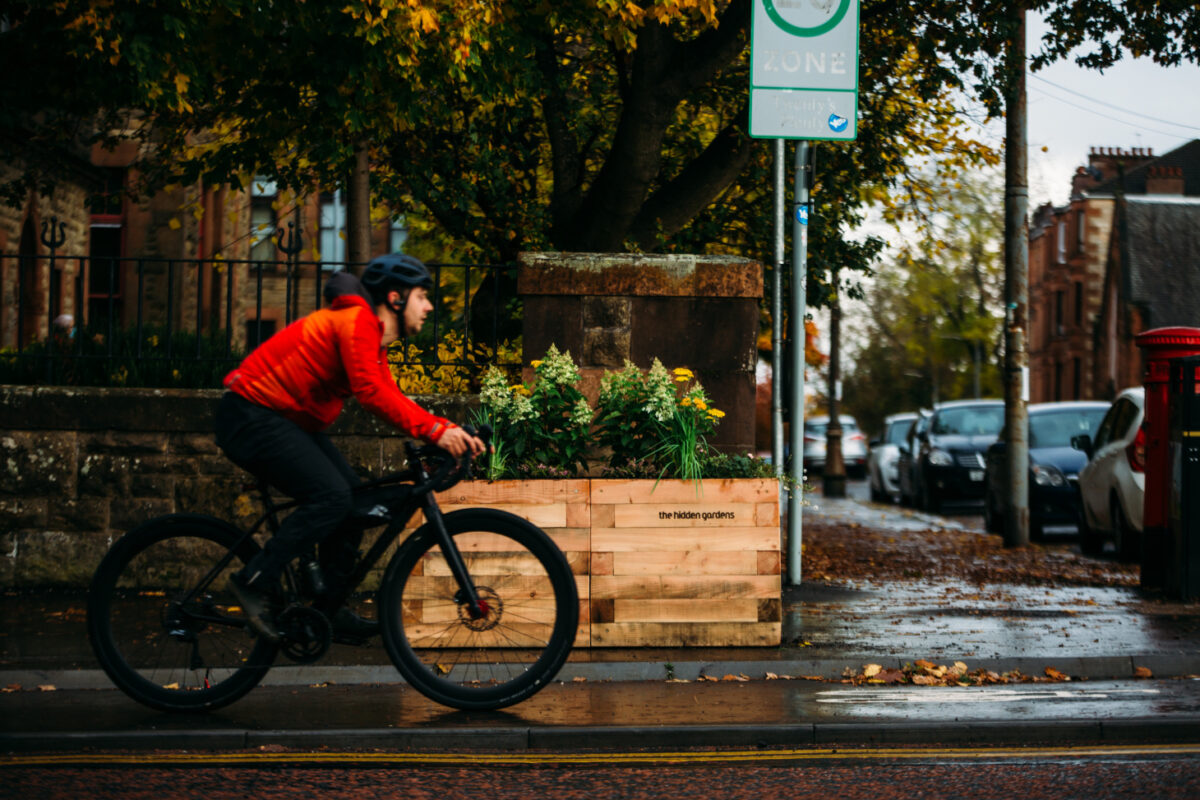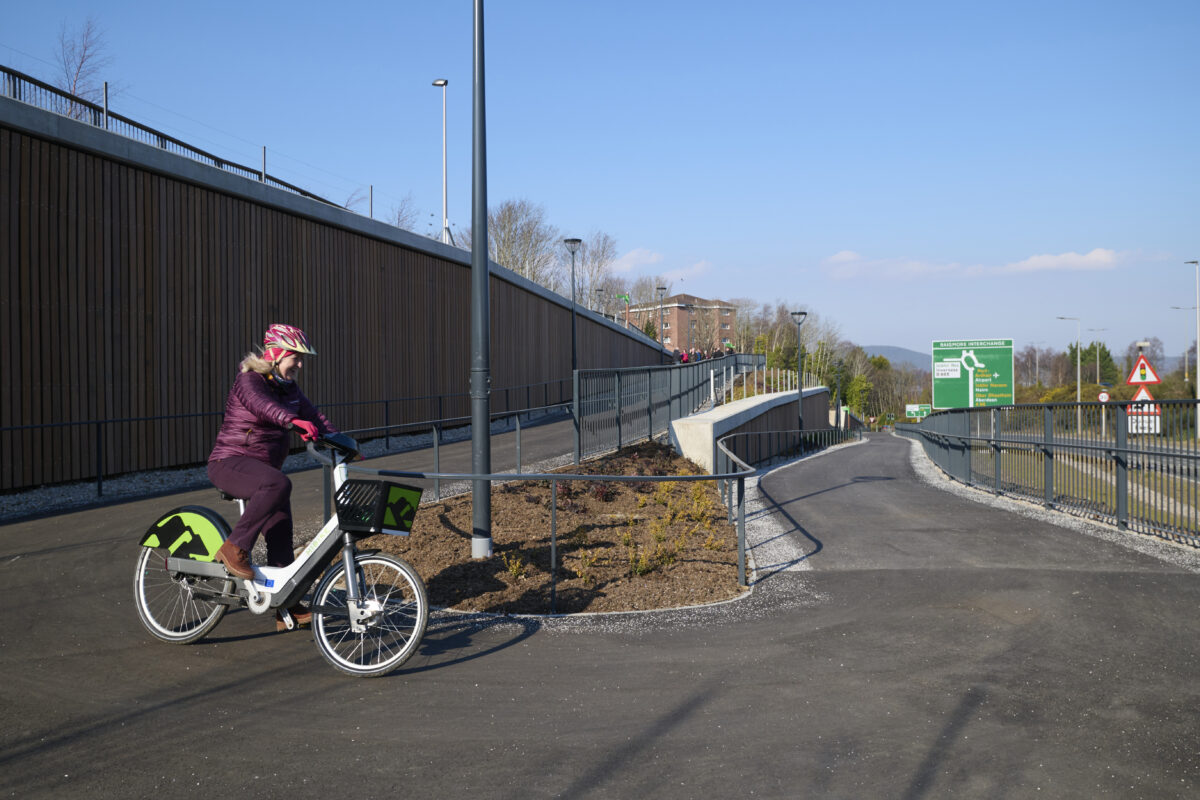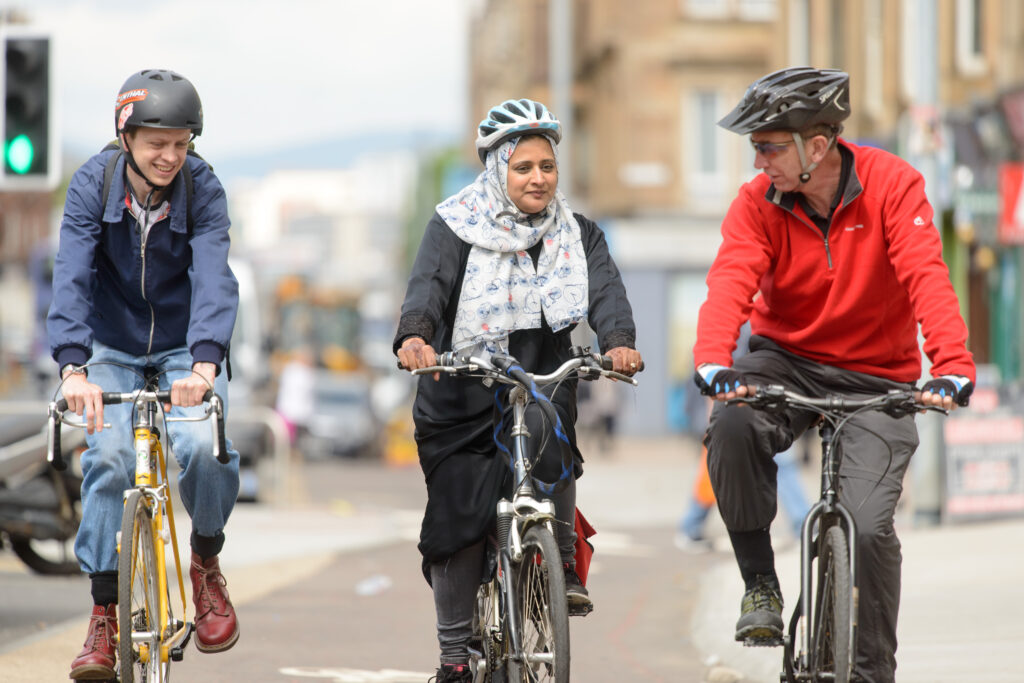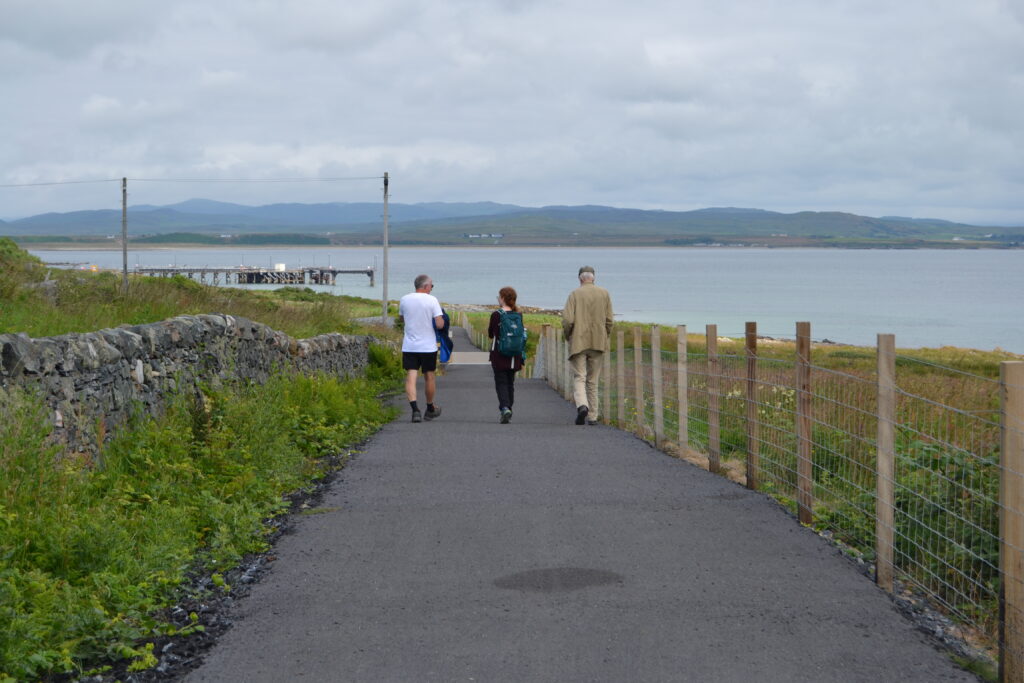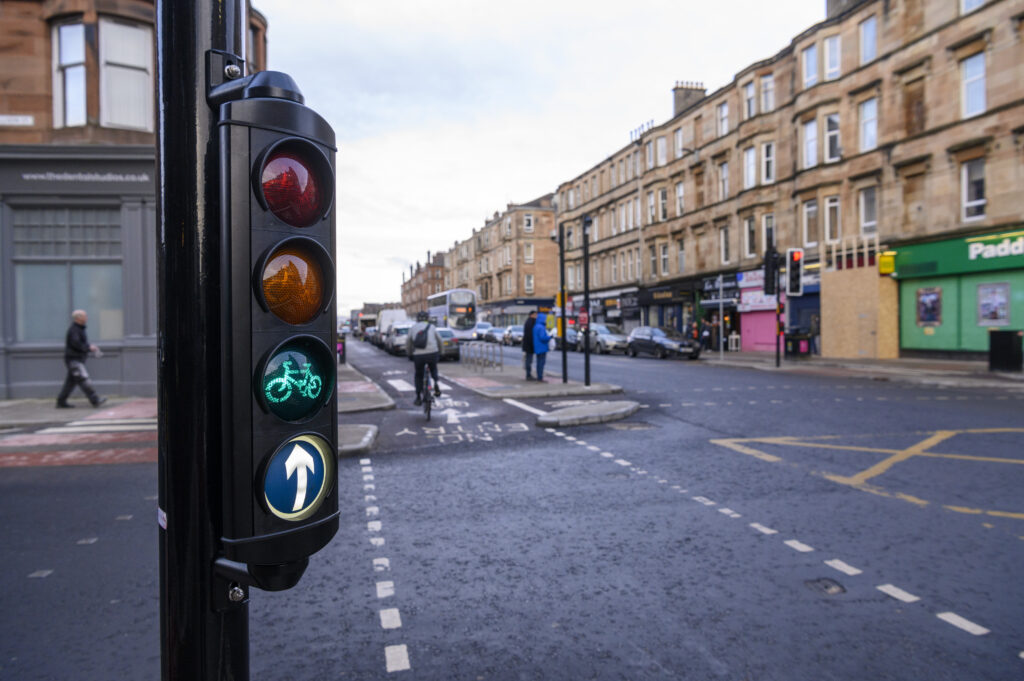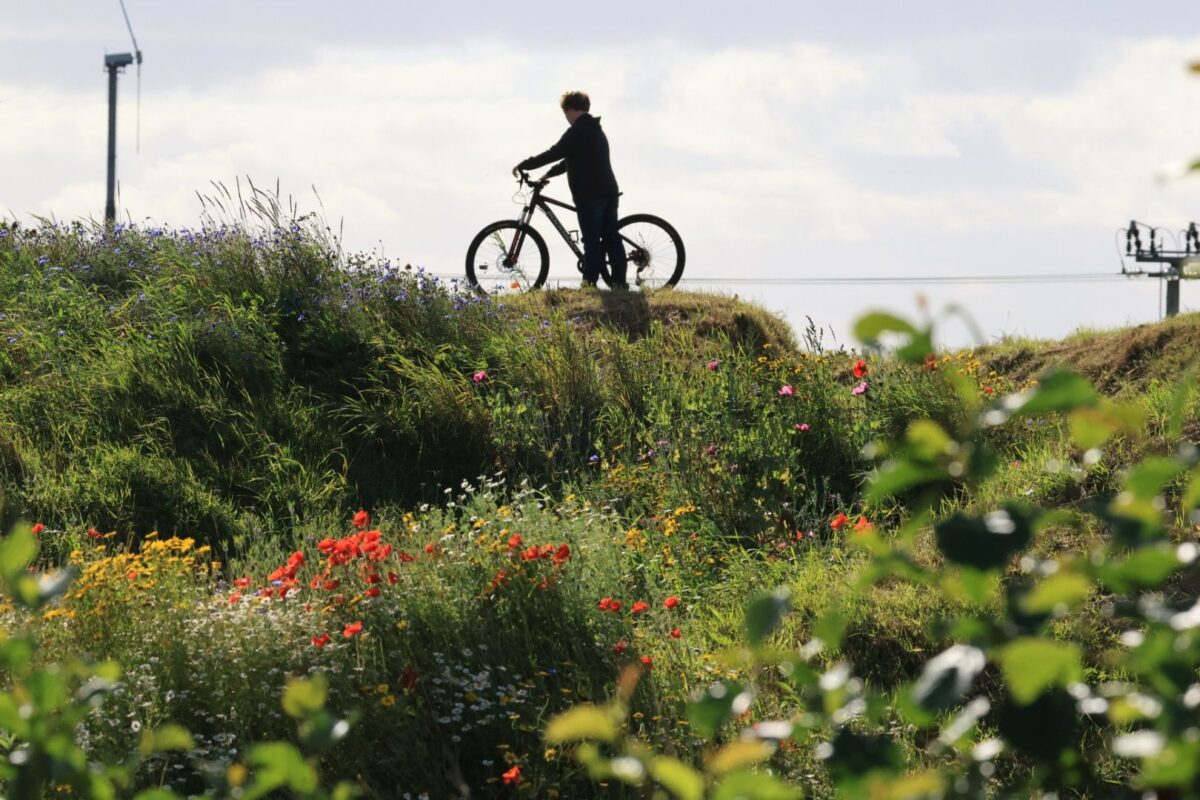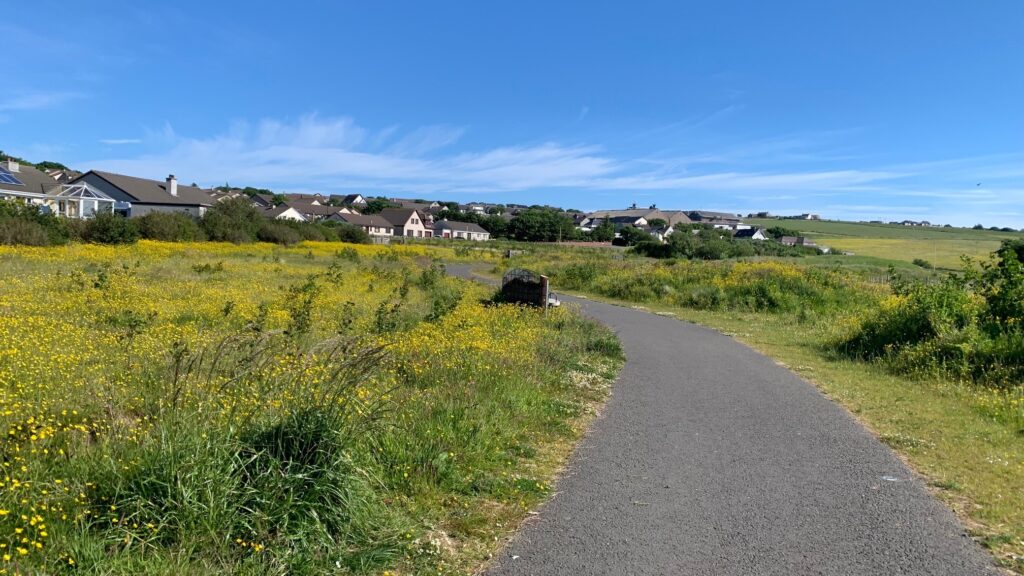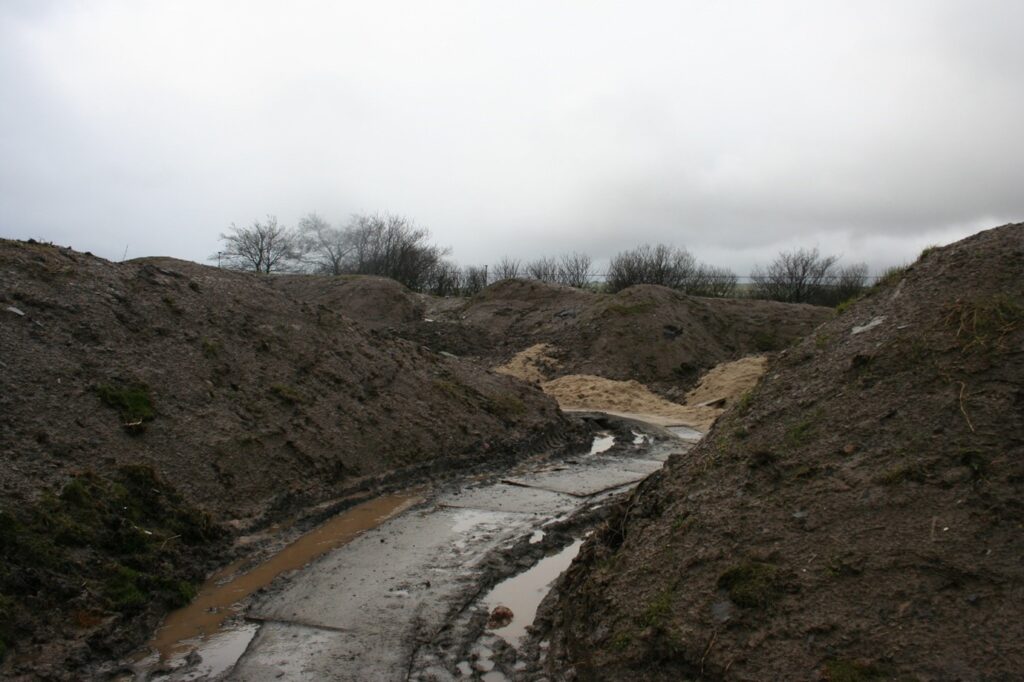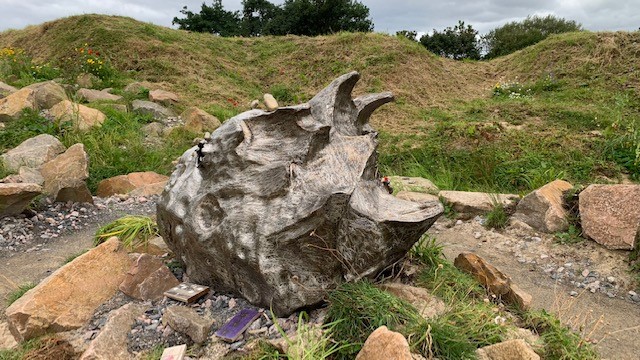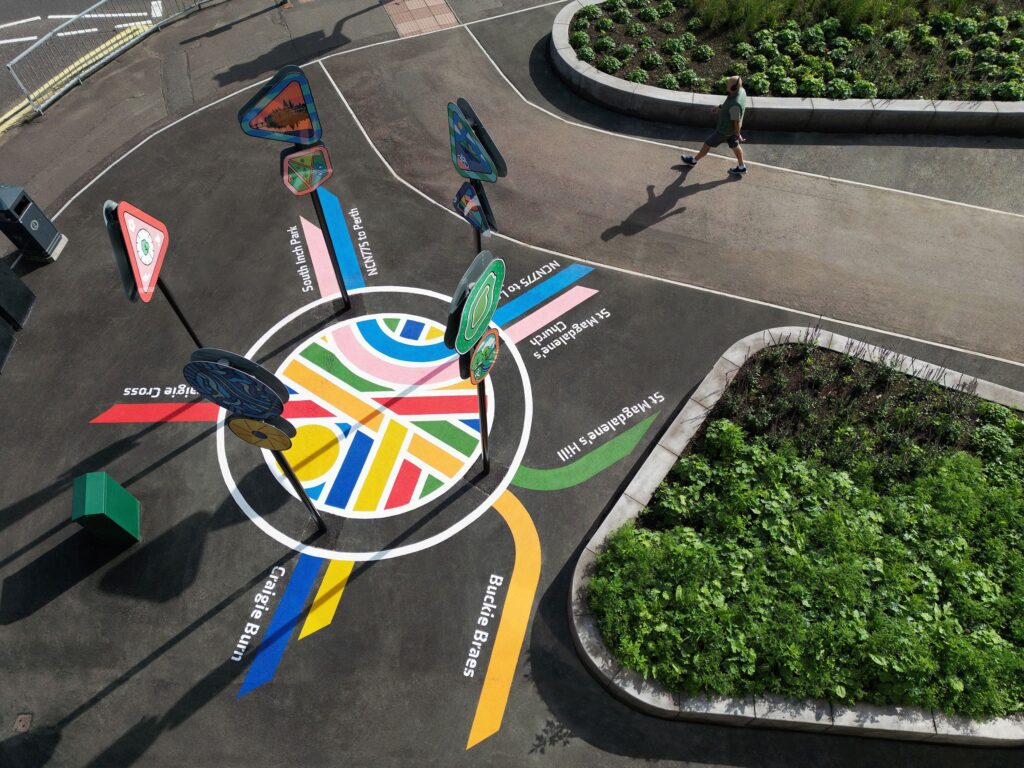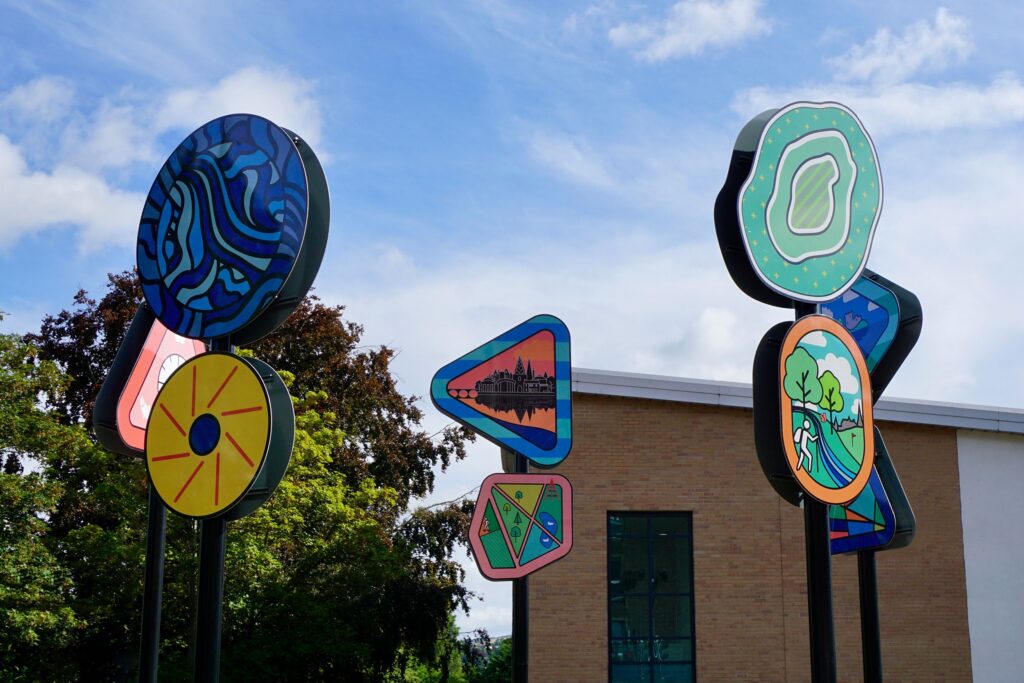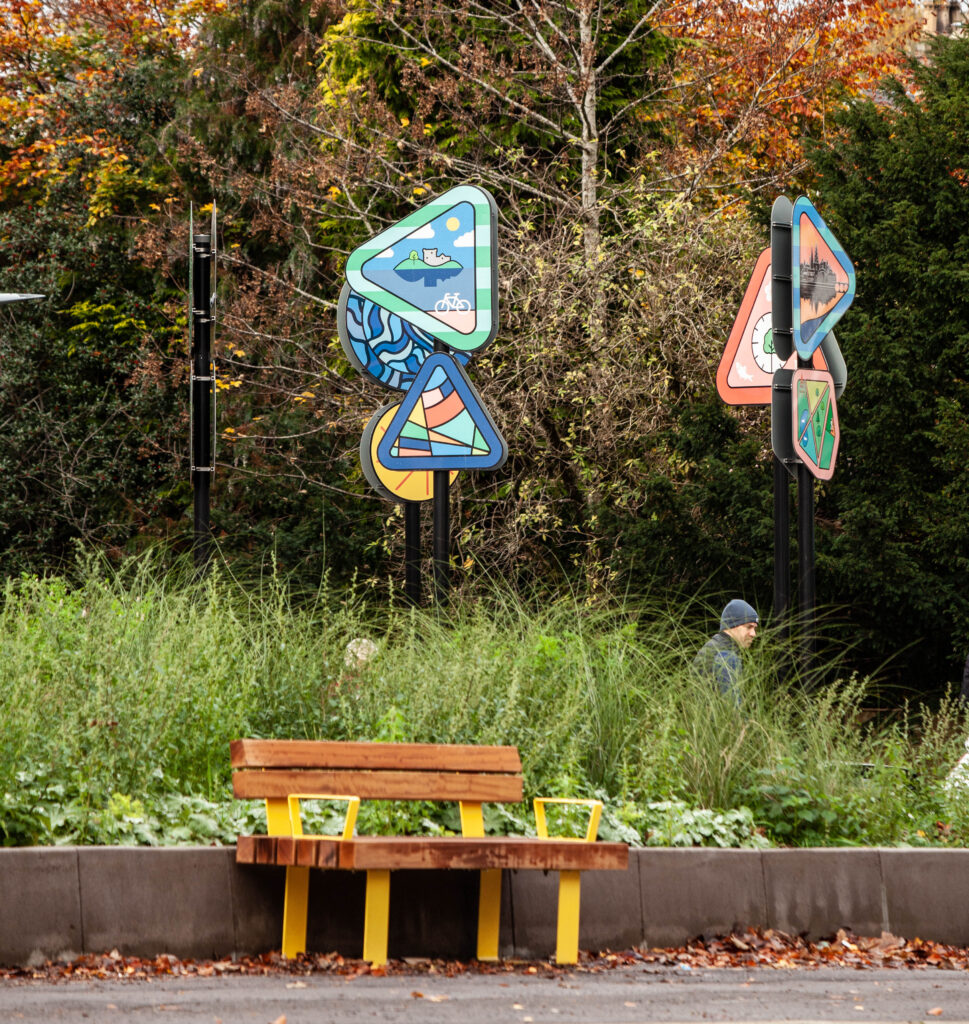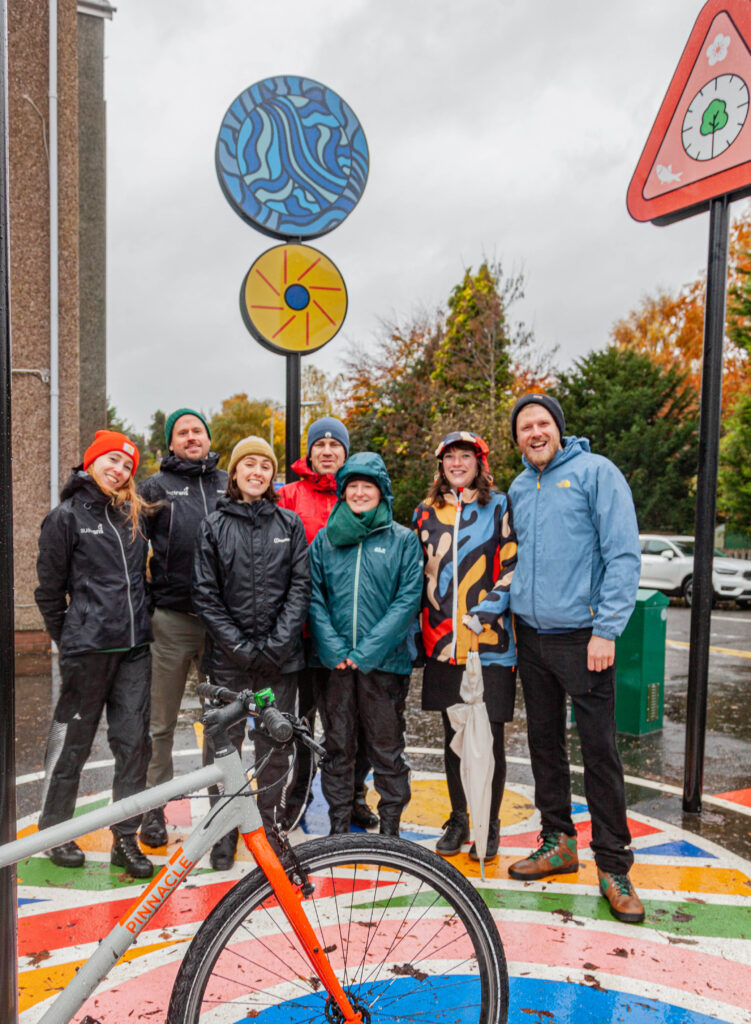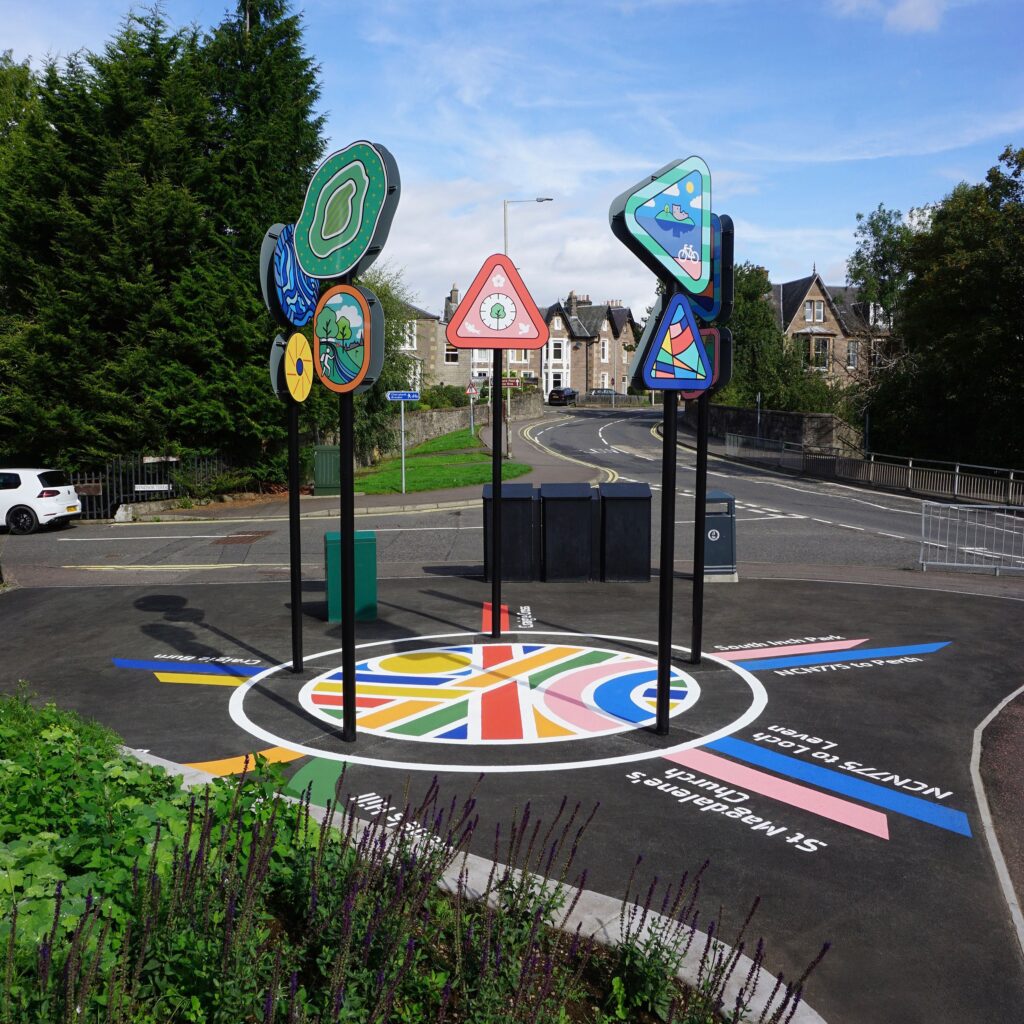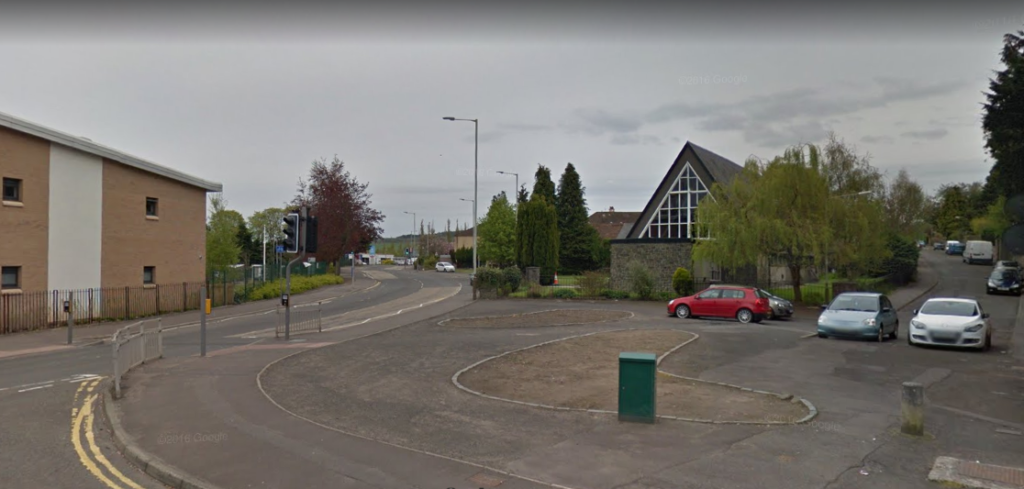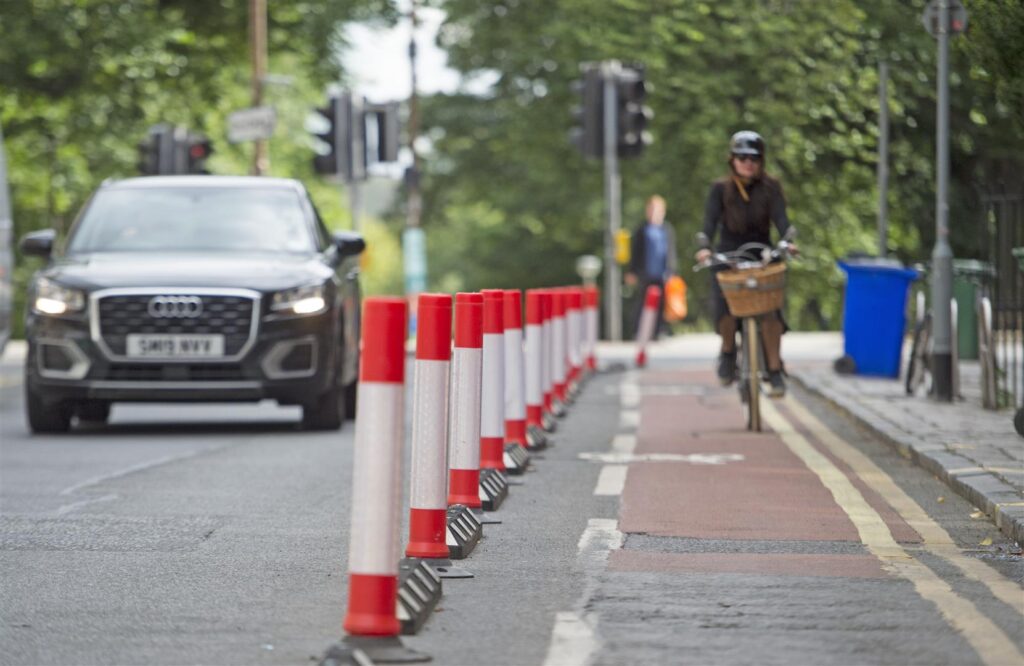Background
Transport Scotland (TS) recently wrote to project partners regarding the current financial climate and expectations for reporting on those receiving funding via Places for Everyone.
As such, all partners are now required to provide monthly financial updates via the project portal for all projects, due by the end of the 3rd week of each month.
You will need to provide the following information:
- A forecast of total project expenditure for the next 3 months
- Actual spend-to-date for the current financial year for the whole project
- A forecast of the grant claims to be submitted each quarter
Having a clear, detailed and accurate picture of project positions allows the PfE team to make quicker decisions on use of that budget in year, reallocating budget as appropriate (to allow further grant awards and/or change requests to be progressed) and giving assurance to TS that the full budgeted award will be spent within the year.
Support
To support you with this, the PfE team has produced guidance which is now available on the Sustrans Scotland.
Webinar Recording
You can also catch up on this short webinar recording. We heard from Nico Jensen, Project Accountant at Sustrans, who introduced the guidance, provided more information on the process and answered questions from partners.
Presentation
Key questioned answered
Q: In order to have an accurate number against the forecasts, what do you suggest for Local Authorities who experience delays with spend?
Each organisation has their own internal financial processes and we understand the timings may not be ideal for everyone. As we are mostly asking for forecasts, we suggest you provide your best estimation given the information you have available at that time.
Q: What day of the month do we need to submit the forecasts and the actuals to meet your reporting deadlines?
Partners will receive a reminder each month (on the 1st and 3rd weeks of the month) and the deadline for this will be the last day of the month, and this will be done one month in arrears.
So, for example, we are currently in July, and you would fill in the actual spend from April, May and June (Q1) and the forecasts for July, August and September (Q2), by the last day in July.
Q: While my forecast may have information for the three months, if we do not spend within the quarterly claim, does that have any impact and what are the consequences for any over or under spend?
We are working on extending the thresholds on the portal so that it picks up claims that were submitted maybe two weeks after the quarter ends. We’ll come back to you on once finalised.
Q: What is the impact or what is the monitoring process and the reason for the three month spend profile?
These are both monitoring tools and will be used to manage information and support our decision making. While we expect the three months spend to be aligned with the quarterly claims, they wouldn’t always be the same of course. And, the claims that you forecast won’t always match the actual claims that you submit.
The idea is for us to have an insight on when you think you’ll be submitting claims and a ballpark figure of what those claims are going to be, so that we know when we must make payments and when money is going to be out the door. If some projects are delayed or going to be claimed later in the year, that will allow us to fund other projects earlier in the year. There aren’t really any hard implications on this, it’s just a tool for us to have a better way to track project finances.
Q: Can we still complete quarter one spend, or is it blanked out at the moment?
At the moment, it is greyed out. It should include your claims that you submitted before the end of June. We are working with our development team so that it also includes any claims that were submitted a week or two after the June close, so that it aligns better with what your claims were.
Q: Is the forecast for the following month, or the project as a whole?
The spend forecast is three months in advance. For example, in July, you would forecast July, August and September. For the claims, we are asking for the whole year, but on a quarterly basis, not a monthly basis.
Q: Will the actual and projected spend include partnership funding as separate figures from Sustrans funding?
For spend, we ask you to submit anything that you are spending on the project, either from Sustrans or other funding you may have. We just need to have an indication of how the project is spending basically.
Q: When you say ‘Spend’, you mean invoices and internal costs that appear on ledgers etc. You’re not talking about level of effort, earned value type things. You’re just talking about actual invoices received – is that fair?
Yes, that is correct.
Q: Every month our cost consultant produces interim certificates for us. Is it good enough to show issue the interim certificate which basically shows the money that’s been passed on to the contractor. Is that the sort of evidence you’re looking for?
Yes, but at the same time, we are not asking for evidence here. We just need a flat number – the evidence will need to be submitted when you claim, as always. Here, we are just asking for your actual spend as a number, or the forecast of what you think you will spend. There is no need to submit any documentation to back up your spend. When you submit claims, you will be asked to provide the relevant information as always.
Q: If we’re claiming staff time, should these be included within the monthly and quarterly returns?
Yes. Anything that you would normally claim, please include on the spend.
Q: How does it work in Q4 then? We might only get our valuations at the end of quarter, but Sustrans usually have a cut-off point at some point towards the end of Q4.
Please submit your expectations for what you will claim in Q4 (normally will be the remainder of your award). When claims are submitted, they will override anything that you submitted in your forecast. As we approach the end of the year, new quarters will appear for the first few quarters of the new year, and you can input your expectations to claim there. If you think you’ll need to move funds, put those in the following quarters, but still do submit your change control as usual, as that is the formal process for you to change your award.
Q: With the spend profile, what do we if there is an underspend? Do we pass it on to the next quarter, or does it go into minus?
We ask you to realign anything within that financial year. If you underspend, please input the actuals of your spend, and move the spend forward if you think you’ll use it in another month.
Q: I learn by doing. Will I have the opportunity to play about with the spend and claim profiles in draft form in the portal?
We are working on this on a phased period, and don’t expect everyone to pick it up straight away. The idea is to start using it, try it out, see how it goes, and direct any questions or feedback to your Grant Advisor in the first instance.
Q: Given that we haven’t yet received our Sustrans funding award letters, are you expecting us to submit these profiles as of July?
Please check with your Grant Advisor. In some cases, some projects have funds that remain from last year and what you’re expecting is approval to move it onto this year. In those cases, please do start submitting your expectations on claim and spend. But if it is a new award that you requested, please wait until that’s approved.
